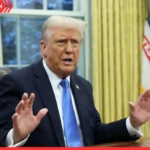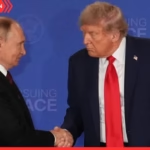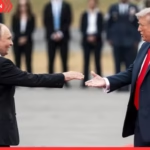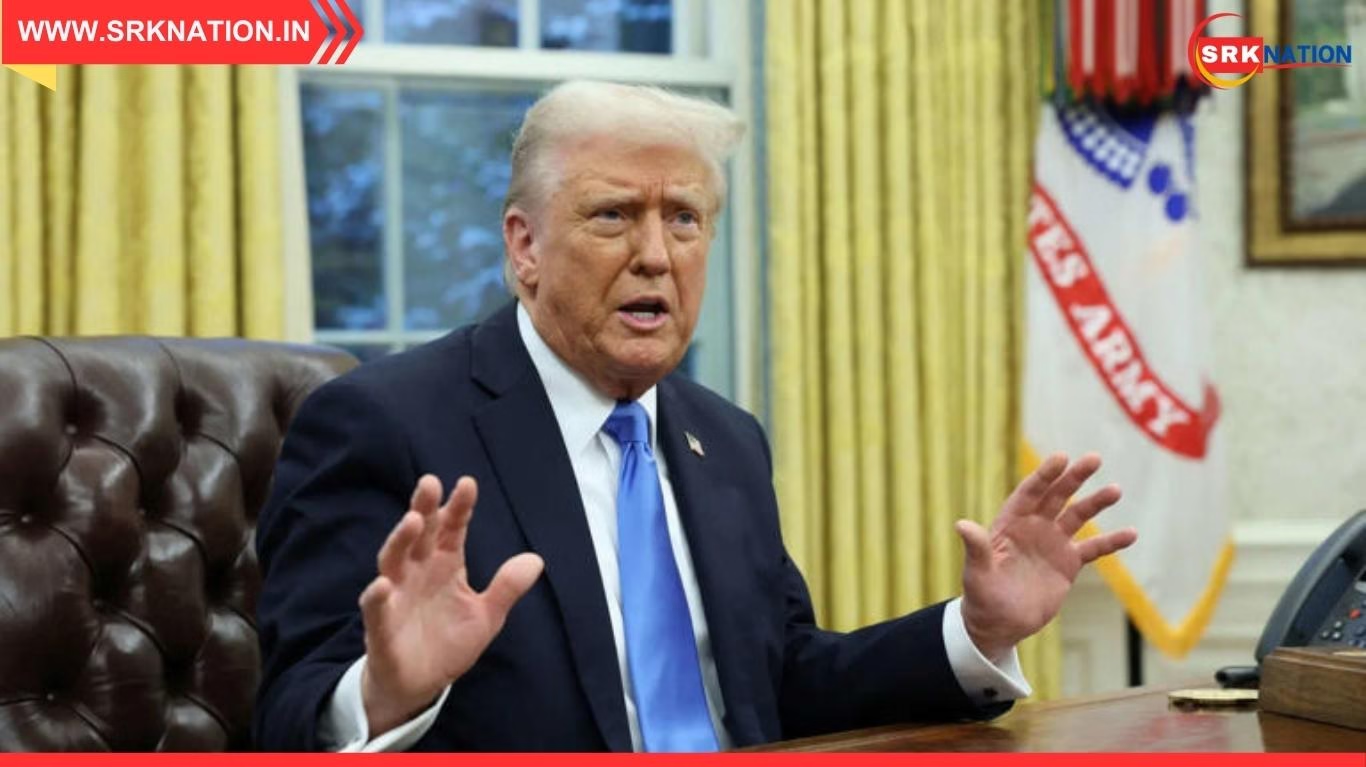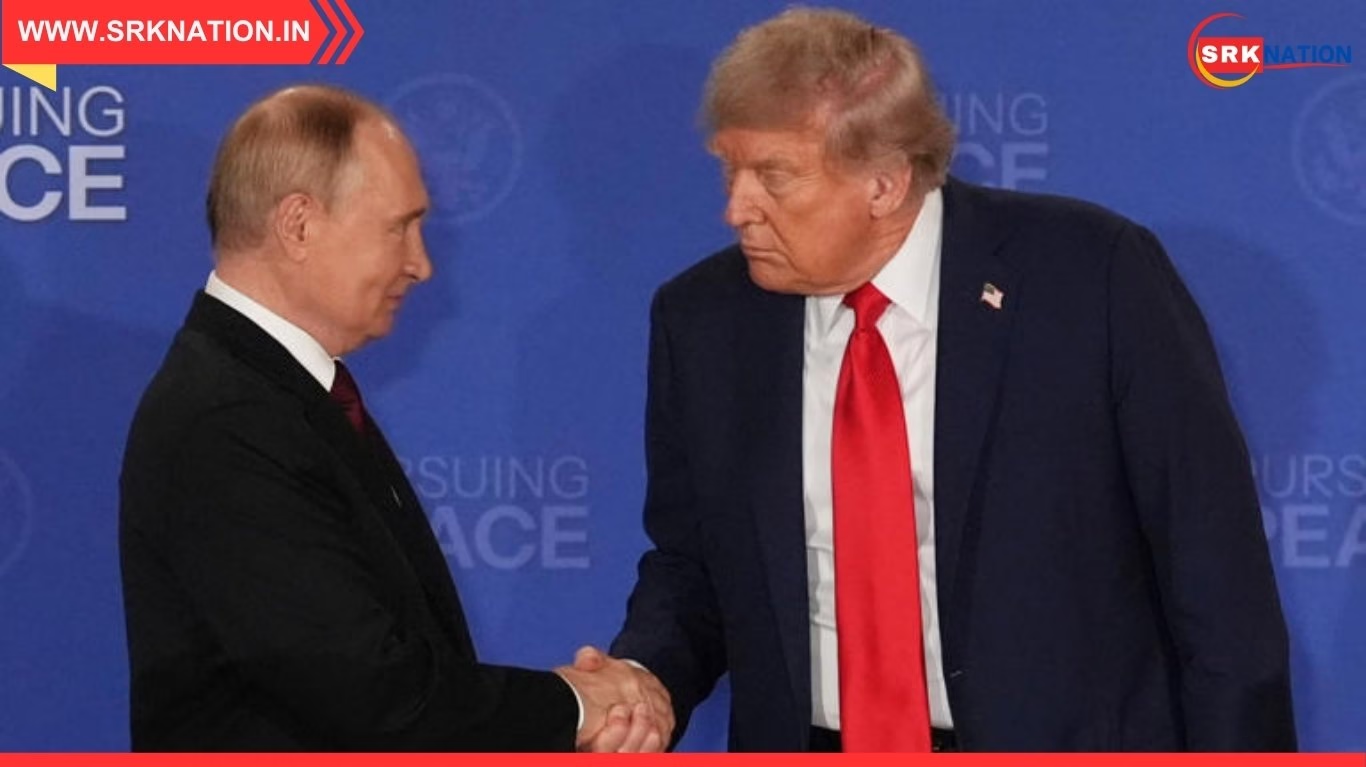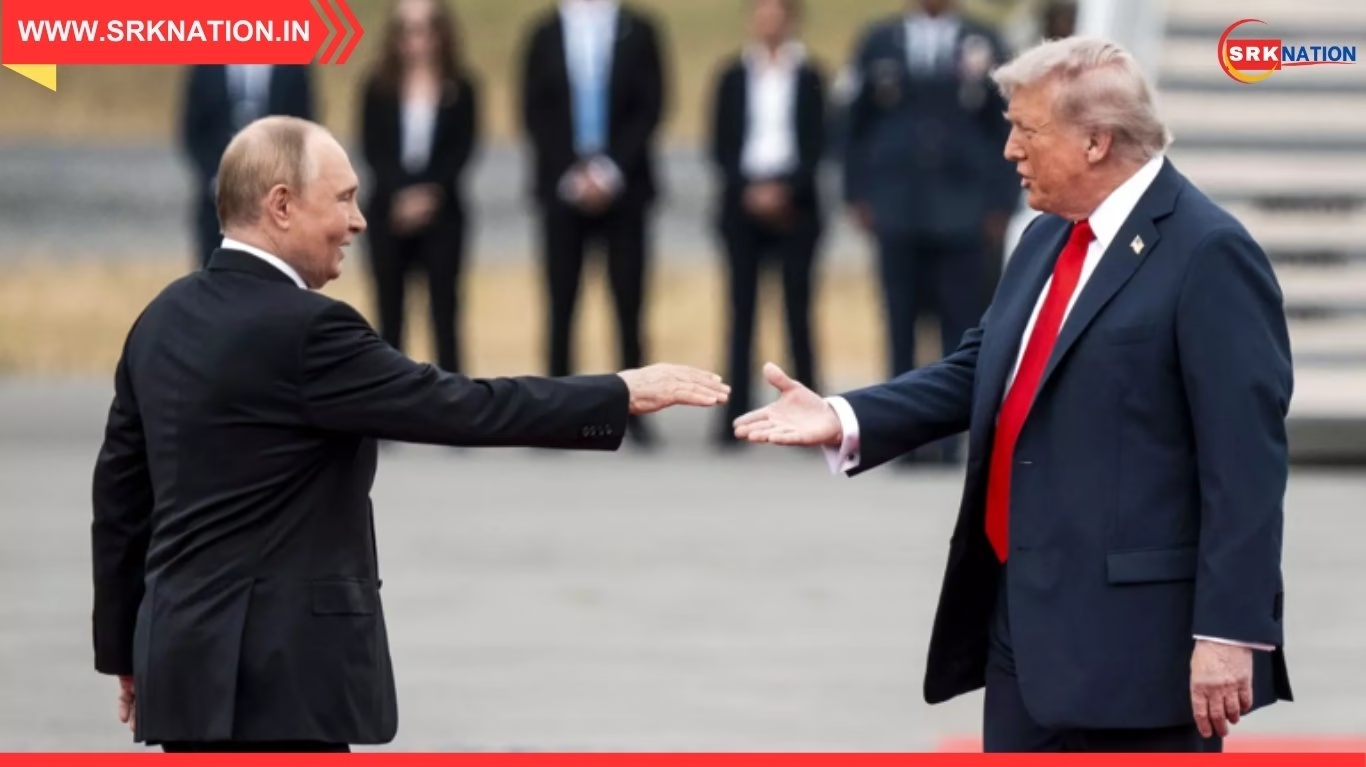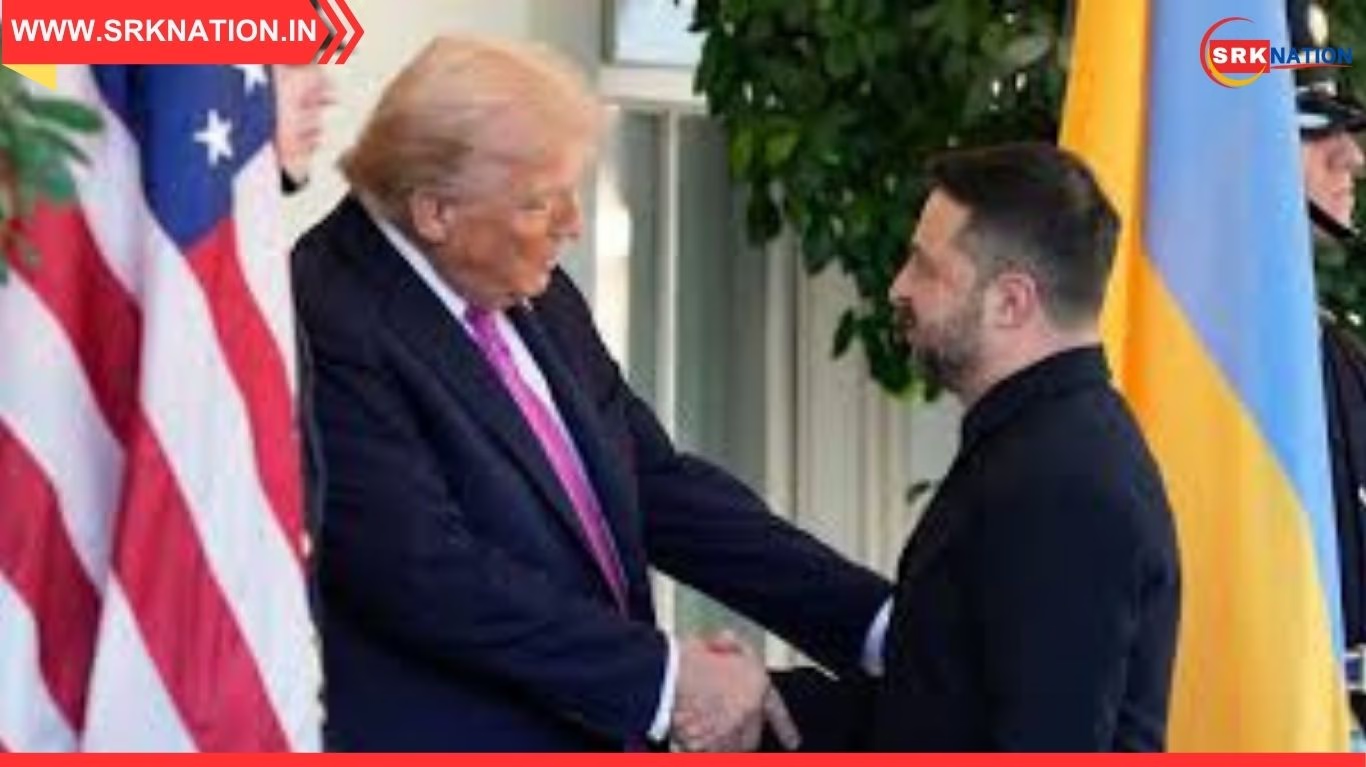In a dramatic turn of economic diplomacy, Japan has agreed to invest a staggering $550 billion in U.S.-directed projects in exchange for reduced tariffs under President Donald Trump’s administration. The deal, finalized after months of tense negotiations and a last-minute Oval Office meeting, marks one of the most expensive trade concessions in modern history. While Tokyo managed to avoid a 24% tariff shock on its exports—particularly automobiles—the price tag has raised eyebrows across Asia and beyond.
The agreement, which slashes U.S. tariffs on Japanese goods to 15%, comes with a unique caveat: the United States, not Japan, will select the projects to be funded. Japan must review and approve these projects within 45 business days or risk the original higher tariffs snapping back into effect. The deal has been described by analysts as a “trade-for-tariffs gamble,” with long-term implications for Japan’s fiscal policy, industrial strategy, and geopolitical posture.
The Anatomy of the $550 Billion Deal
| Component | Description |
|---|---|
| Total Investment Commitment | $550 billion over 5 years |
| Tariff Reduction | From 24% to 15% on Japanese exports to the U.S. |
| Project Selection Authority | U.S. government holds final say on project list |
| Review Window | Japan must approve or reject projects within 45 business days |
| Enforcement Clause | Tariffs revert to 24% if Japan fails to comply |
The deal was signed under the leadership of Japan’s new Prime Minister Sanae Takaichi, who inherited the framework from her predecessor Shigeru Ishiba. The agreement was reportedly finalized after a placemat in the Oval Office was used to cross out and rewrite figures during a high-stakes negotiation session.
Why Japan Said Yes: Strategic Calculations
| Factor | Rationale for Concession |
|---|---|
| Tariff Certainty | Avoided sudden disruption to auto and electronics exports |
| Supply Chain Stability | Ensured continuity for Japanese manufacturers operating in the U.S. |
| Diplomatic Leverage | Preserved alliance with the U.S. amid rising China tensions |
| Domestic Political Pressure | Business lobbies pushed for resolution to avoid economic fallout |
The April 2025 tariff shock, which threatened to impose 24% duties on Japanese goods, had rattled policymakers and exporters. The automotive sector, in particular, feared massive losses and production delays.
Breakdown of Japan’s Investment Pledge
| Sector | Estimated Allocation (USD) | Key Projects Under Consideration |
|---|---|---|
| Infrastructure | $180 billion | High-speed rail, smart highways, port upgrades |
| Energy | $120 billion | LNG terminals, solar farms, hydrogen fuel networks |
| Technology & AI | $90 billion | Semiconductor fabs, AI research centers |
| Agriculture & Food Supply | $80 billion | Soybean and corn processing plants |
| Defense & Aerospace | $80 billion | Joint R&D, drone manufacturing, logistics hubs |
While the investments are expected to create jobs and stimulate U.S. growth, Japanese firms are lobbying to ensure that their subsidiaries and partners benefit from the contracts.
Political Fallout in Tokyo
| Political Stakeholder | Reaction Summary |
|---|---|
| Opposition Parties | Accused government of “economic surrender” |
| Business Leaders | Mixed—relieved about tariffs, wary of U.S. control |
| Public Sentiment | Concerned about taxpayer burden and lack of transparency |
| Prime Minister Takaichi | Framed deal as “strategic investment in global stability” |
The opposition has demanded a parliamentary review of the agreement, citing concerns over sovereignty and fiscal responsibility.
Trump’s Strategy: Tariffs as Leverage
President Trump’s approach to trade has consistently involved using tariffs as a bargaining chip to extract concessions. The Japan deal follows similar patterns seen with South Korea and the European Union.
| Country | Trump-Era Trade Outcome |
|---|---|
| Japan | $550 billion investment for tariff relief |
| South Korea | $350 billion investment pledge, defense cost-sharing |
| EU | Auto tariff freeze in exchange for agricultural imports |
Trump has framed these deals as victories for American workers and proof of his “America First” economic doctrine.
Economic Implications for Japan
| Economic Indicator | Projected Impact (2026–2030) |
|---|---|
| Fiscal Deficit | Expected to widen by 1.2% of GDP |
| Yen Valuation | Potential depreciation due to capital outflows |
| Domestic Investment | May slow as funds are diverted abroad |
| GDP Growth | Short-term dip, long-term uncertain |
Economists warn that the sheer scale of the investment could strain Japan’s public finances unless offset by returns from U.S.-based ventures.
U.S. Reaction: Mixed Optimism
| Stakeholder Group | Response Summary |
|---|---|
| U.S. Manufacturers | Welcomed capital inflow and job creation |
| Trade Analysts | Cautious about enforceability and oversight |
| Political Opponents | Criticized lack of transparency in project list |
| Media Coverage | Described deal as “unprecedented” and “bold” |
The White House has touted the agreement as a “historic win” that will revitalize American industry and infrastructure.
Enforcement and Oversight Challenges
| Challenge Area | Risk Description |
|---|---|
| Project Selection Bias | U.S. may favor politically strategic states |
| Transparency | Lack of public disclosure on project criteria |
| Timelines | 45-day review window may strain Japanese agencies |
| Accountability | No clear mechanism for dispute resolution |
Japan’s Ministry of Finance has set up a special task force to monitor project proposals and ensure compliance with domestic laws.
Long-Term Strategic Outlook
| Scenario | Potential Outcome |
|---|---|
| Successful Implementation | Strengthens U.S.-Japan alliance, boosts trade |
| Delays or Disputes | Tariffs snap back, diplomatic strain |
| Political Change in U.S. | Future administration may renegotiate terms |
| Domestic Backlash in Japan | Could lead to policy reversal or amendments |
The deal’s success hinges on smooth coordination between both governments and private sector stakeholders.
Conclusion
Japan’s $550 billion investment pledge to the United States marks a defining moment in global trade diplomacy. While the deal has secured tariff relief and preserved critical supply chains, it comes at a steep cost—both financially and politically. As Japan navigates the complexities of executing U.S.-selected projects under tight deadlines, the world will watch closely to see whether this bold gamble pays off or becomes a cautionary tale in economic statecraft.
Disclaimer: This article is based on publicly available news reports and official statements. It does not constitute financial or political advice. All views expressed are for informational purposes only.


